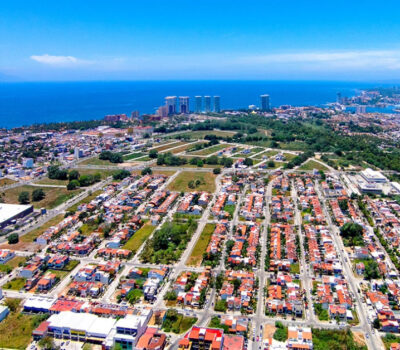The National Survey of Occupation and Employment (ENOE) indicated in late August that 85% of youth between the ages of 20 and 29 earn the lowest wages in the country, at 6,000 pesos (US$450) or less a month.
The youth unemployment rate nationally stood at 8.3 percent, equivalent to 349,000 young people between the ages of 14 and 29, of which 14.5 percent are college graduates.
Miguel Angel Xochiteotzin, economist at the Center of Multidisciplinary Analysis at the National Autonomous University of Mexico (UNAM), affirms that the numbers stem from a labor market that is precarious and based on a model of specialization and outsourcing.
“With the application of neoliberal policies, the labor market has been deregulated, there are no labor guarentees or social security and salaries are low. Labor rights and a welfare state have been widdled away,” explains the academic, “Now public education is being devalued, specialized training is what counts.”
Many companies require this training, thus many youths with university level education end up working in the informal economy and in employment that under-represents their education and abilities.
According to Mexico’s National Institute of Statistics and Geography (INEGI) the informal economy contributed on average 26 percent of the gross domestic product (GDP) between 2003 to 2012. Approximately 60% of the population participates in the informal economy.
The economist argues that the social impacts are hard felt, as many youth who lack higher education opportunities and employment turn to migration or even organized crime as their last option.
“The social fabric is being torn apart, levels of domestic violence, migration and crime are incredibly high because there is economic insecurity,” says Xochiteotzin.
According to INEGI, the five states that reported the highest unemployment rates in the second quarter of 2014 were the Federal District, State of Mexico, Durango, Aguascalientes and Tabasco. While Guerrero, Oaxaca, Yucatan, Chihuahua and Michoacan, recorded the lowest unemployment rates.
Experts attribute these numbers to the high degree of internal migration, where youth from the rural areas migrate looking for work in the urban centers.
photo:(teleSUR/Clayton Conn)
The National Survey of Occupation and Employment (ENOE) indicated in late August that 85% of youth between the ages of 20 and 29 earn the . . .











